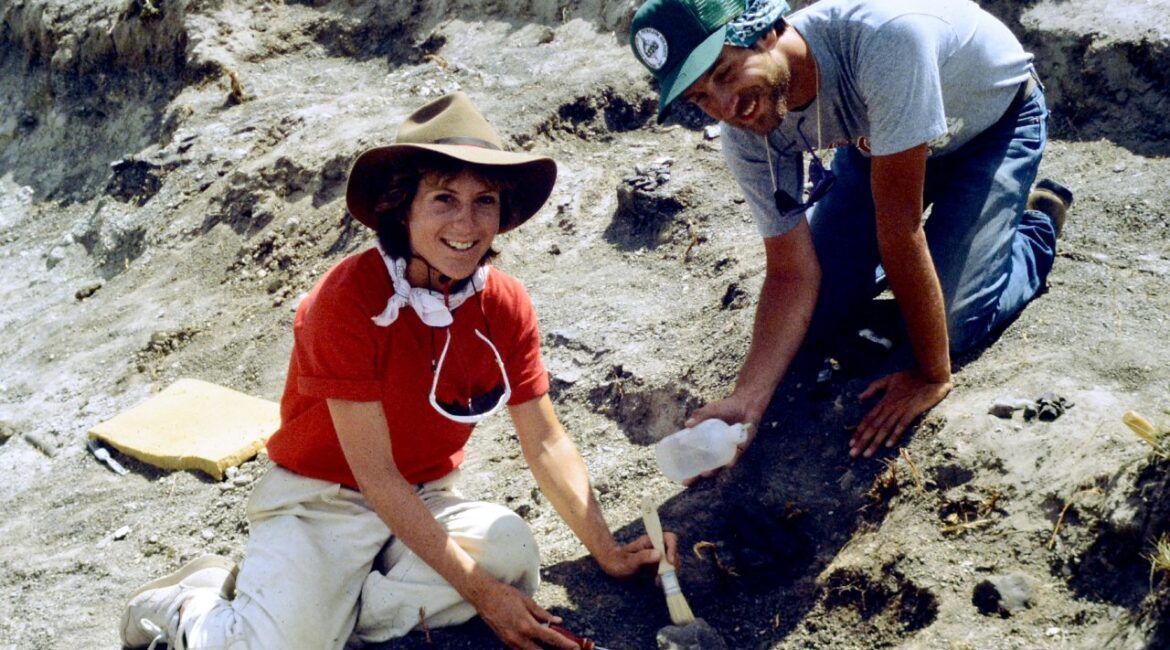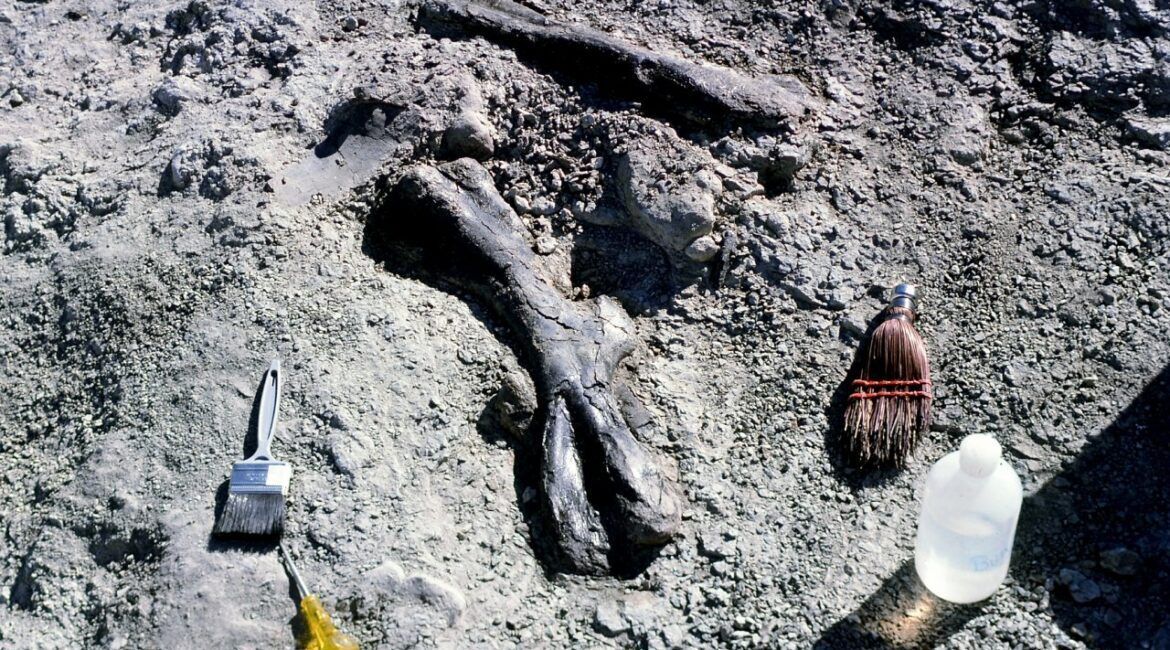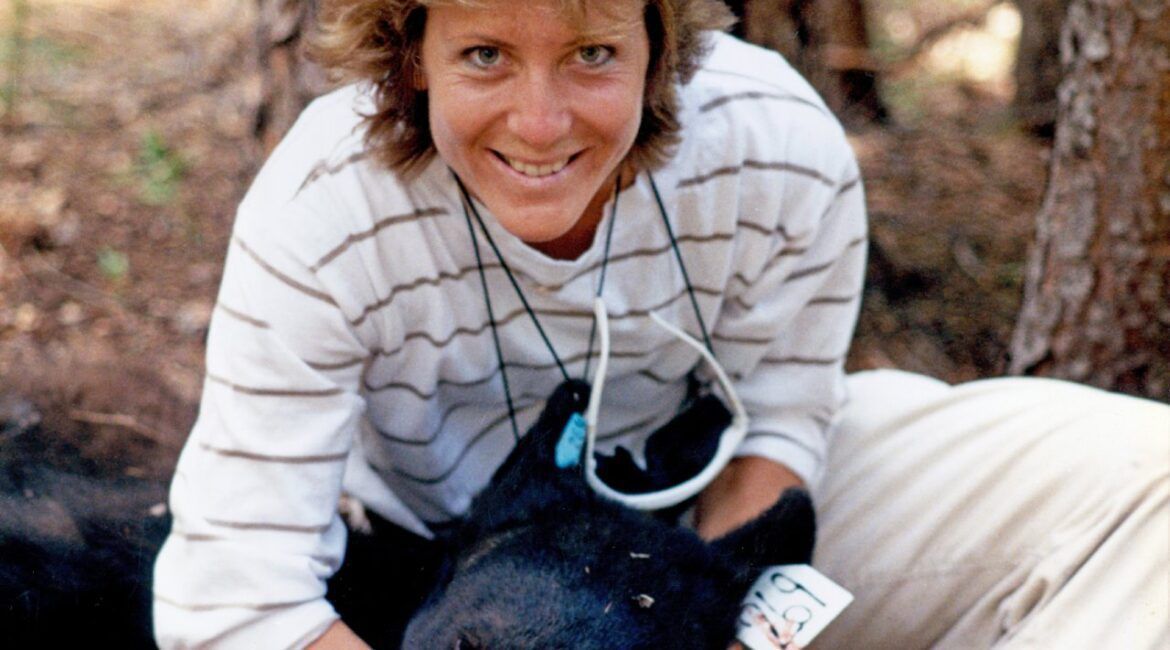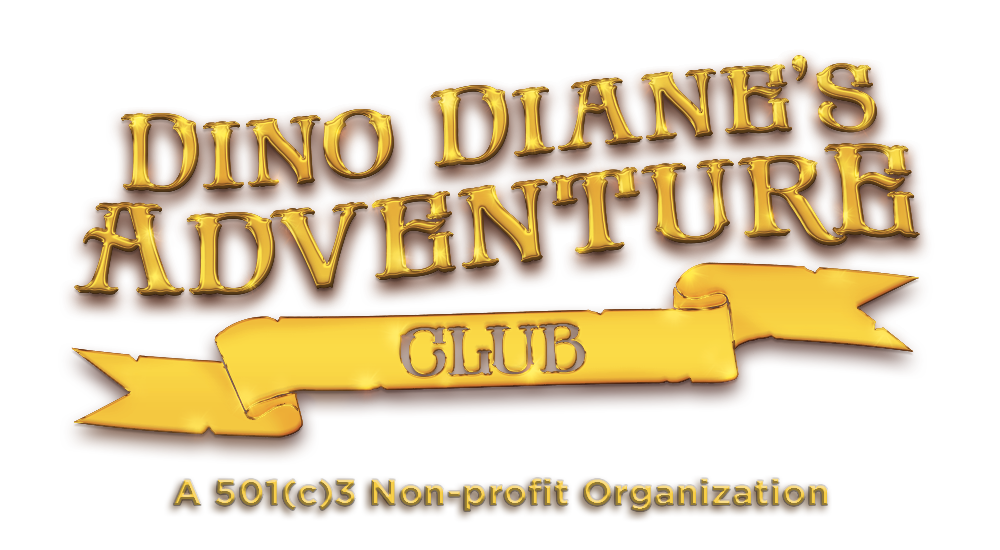Part II: Dinosaur Secrets Revealed
D. J. Kristoff • September 24, 2022
The post Part II: Dinosaur Secrets Revealed appeared first on Dino Diane's Adventures.

Imagine yourself standing on an eroding grassy hill, looking across a harsh landscape of rocky gullies. Shielding your eyes from the hot Montana sun, you swipe away the sweat slowly dripping down the side of your face as you reach down into the dust and the dirt, and suddenly, your fingers touch a hard object. […]
The post Part I: How I Earned the Nickname Dino Diane appeared first on Dino Diane's Adventures.

The Maiasaura is the only female-named dinosaur to date. The name means “good mother lizard,” as she exhibited maternal instincts, like making nests and caring for her young. How does Horner know this? From the tiny eggshell fragments found in the FIRST dinosaur nests ever discovered containing fossilized baby dinosaurs, up to a month or […]
The post Part III: Maiasaura – Good Mother Lizard appeared first on Dino Diane's Adventures.

Since then, I check in on Jack Horner from time to time to see what he’s up to in the dinosaur world. Jack is now in his mid-seventies and still quite active. I learned that he’s been investigating the real possibility of bringing dinosaurs back to Earth, as suggested in the movie. But, after many […]
The post Part IV: Where’s the Chickenosaurus? appeared first on Dino Diane's Adventures.

So, I was just out of college teaching science in Arizona when a fellow teacher asked me if I would you like to go on a black bear research expedition with him that weekend. My eyes flew open and I took a big gulp of air. Never in my wildest dreams did I imagine I […]
The post How I Held a Thermometer in a Wild Bear’s Rectum appeared first on Dino Diane's Adventures.

